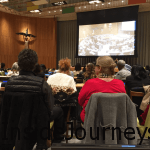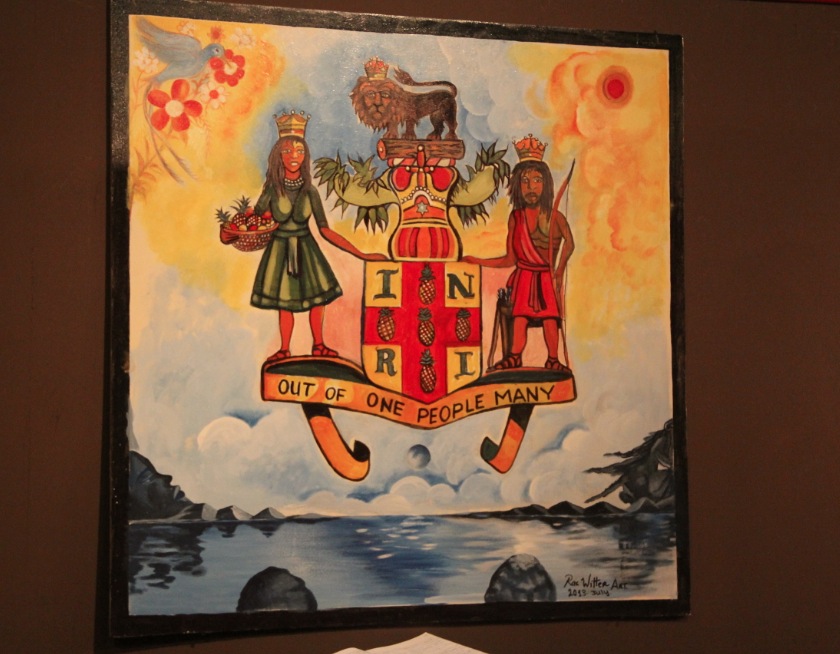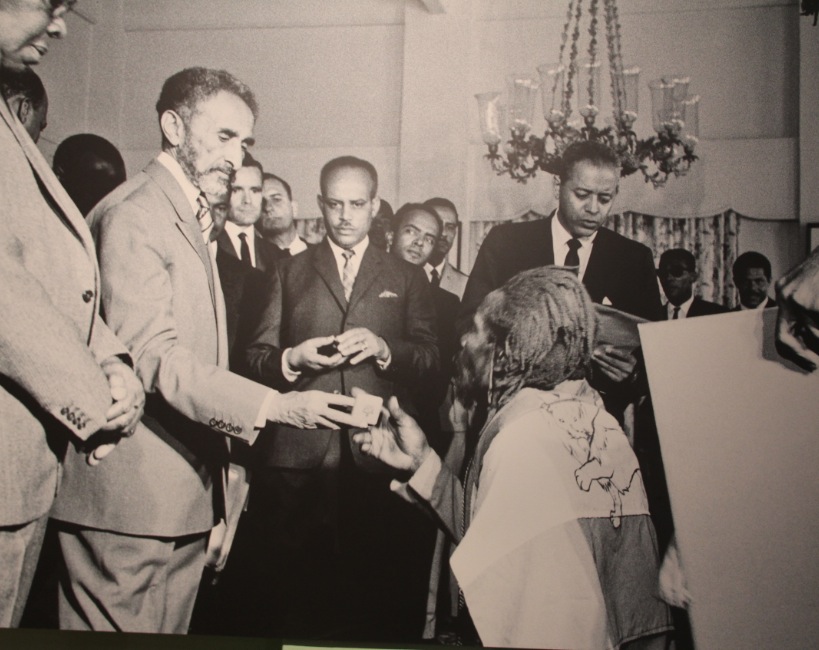She is the only woman among Jamaica’s seven national heroes. Her bravery and skill as a military strategist are unparalleled.
Born in the 18th century in Ghana, Queen Nanny became the spiritual leader of the Winward Maroons, the enslaved Africans who fled to the rugged mountains of Jamaica’s eastern parishes of Portland, St. Thomas, and St. Mary. It is from this her stronghold that she led her people in several decisive battles against the British army, bringing them to heel.
However, unlike her male counterparts, very little was written about Queen Nanny. The recently released documentary, Queen Nanny: Legendary Maroon Chieftainness, will change that.
Conceived by veteran stuntman and award-winning filmmaker (Akwantu, the Journey 2012), Roy T. Anderson, and Professor of History, Dr. Harcourt T. Fuller, both Maroon descendants, and filmed in Jamaica, Ghana, Canada and the United States, Queen Nanny shines a light on the indomitable spirit of this larger-than-life woman. It tells her story through songs, performances and reenactments, interviews with Maroons, and scholars who are experts in Caribbean history and the study of slavery.
The documentary also examines the legacy Queen Nanny has bequeathed to contemporary Jamaican women.
Queen Nanny: Legendary Maroon Chieftainness had its World Premier at the United Nations on October 19th, the day that is celebrated in Jamaica as National Heroes Day.
The screening was part of the UN’s 2015 Remember Slavery Programme of Activities, which included a solemn commemorative meeting of the UN General Assembly, film screenings, roundtable discussion and an exhibit. The events also draw attention to the International Decade for People of African Descent.
This year’s theme of Women and Slavery pays tribute to the many enslaved women who endured unbearable hardships, including sexual exploitation, as well as those who fought for freedom from slavery and advocated for its abolition.
Every year on 25 March, the International Day of Remembrance of the Victims of Slavery and the Transatlantic Slave Trade offers the opportunity to honor and remember those who suffered and died at the hands of the brutal slavery system. This historic day in 2015 marked the unveiling of a Permanent Memorial to Slavery at the UN Headquarters in New York. Titled the Ark of Return, it was designed by Rodney Leon, an American architect of Haitian descent.




































